Art History Vocab 2
1/57
There's no tags or description
Looks like no tags are added yet.
Name | Mastery | Learn | Test | Matching | Spaced |
|---|
No study sessions yet.
58 Terms
Amphora
Two-handled storage jar for wine, oil, or grain.
Krater
Bowl for mixing wine and water.
Kouros
Statue of a nude young male.
Kore
Statue of a young female, usually clothed.
Protome
Decorative front part (head/upper chest) of an animal or human figure.
Black-figure pottery
Technique with black-painted figures on red clay.
Red-figure pottery
Technique with red figures on a black background.
Contrapposto
Natural stance with weight shifted onto one leg.
Relief sculpture
Figures carved projecting from a flat background.
Sculpture in the round
Free-standing sculpture visible from all sides.
Canon of proportions
Mathematical system defining ideal human body ratios.
Polykleitos’ canon (1:7)
Idealized, balanced proportions.
Lysippos’ canon (1:8)
Taller, slimmer proportions.
Harmony
Proportion and visual balance creating beauty.
Attribute
Symbol identifying a deity (e.g., Athena’s shield).
Arete
Greek concept of excellence, virtue, or moral perfection.
Gigantomachy
Mythological battle between gods and giants.
Theatricality
Drama, emotion, and movement in Hellenistic art.
Doric
Plain capital, no base, triglyphs and metopes.
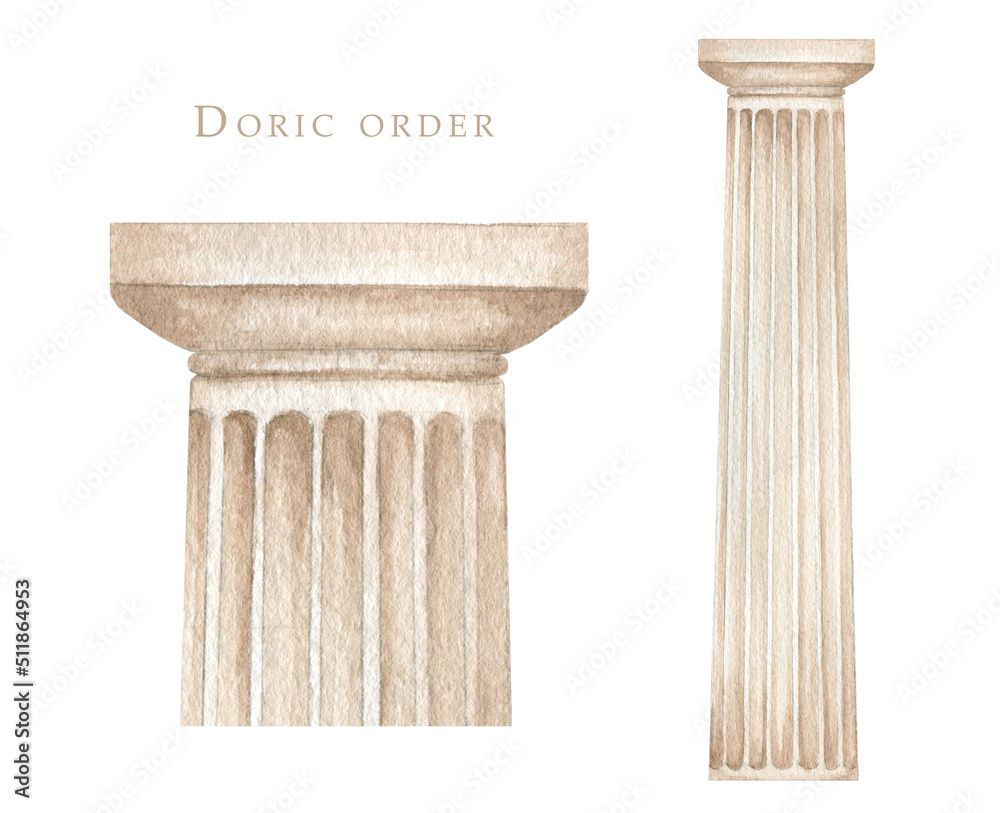
Ionic
Volute (scroll) capital, base, continuous frieze.
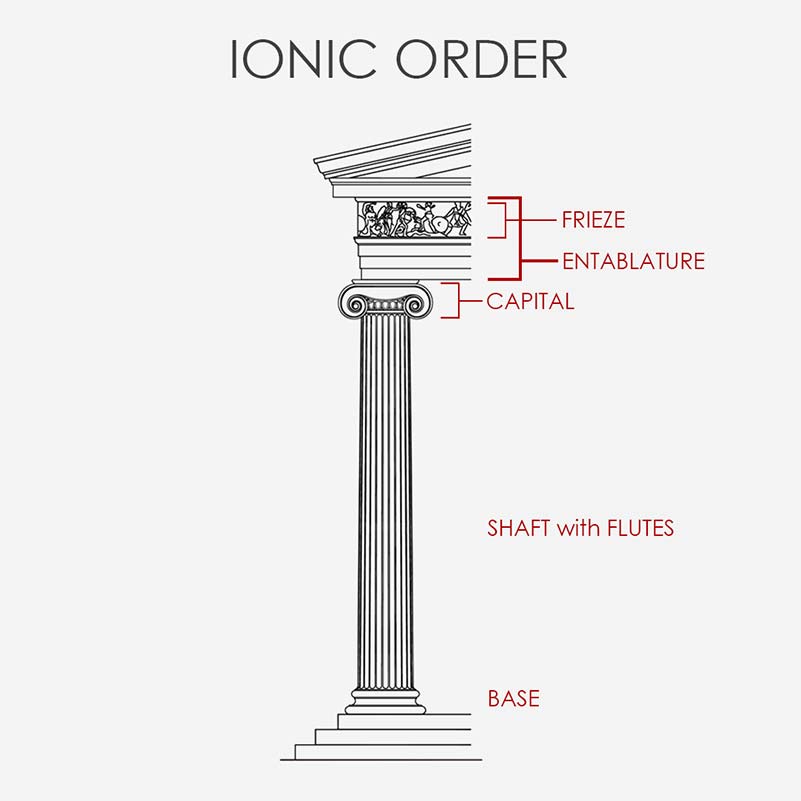
Corinthian
Ornate capital with acanthus leaves.
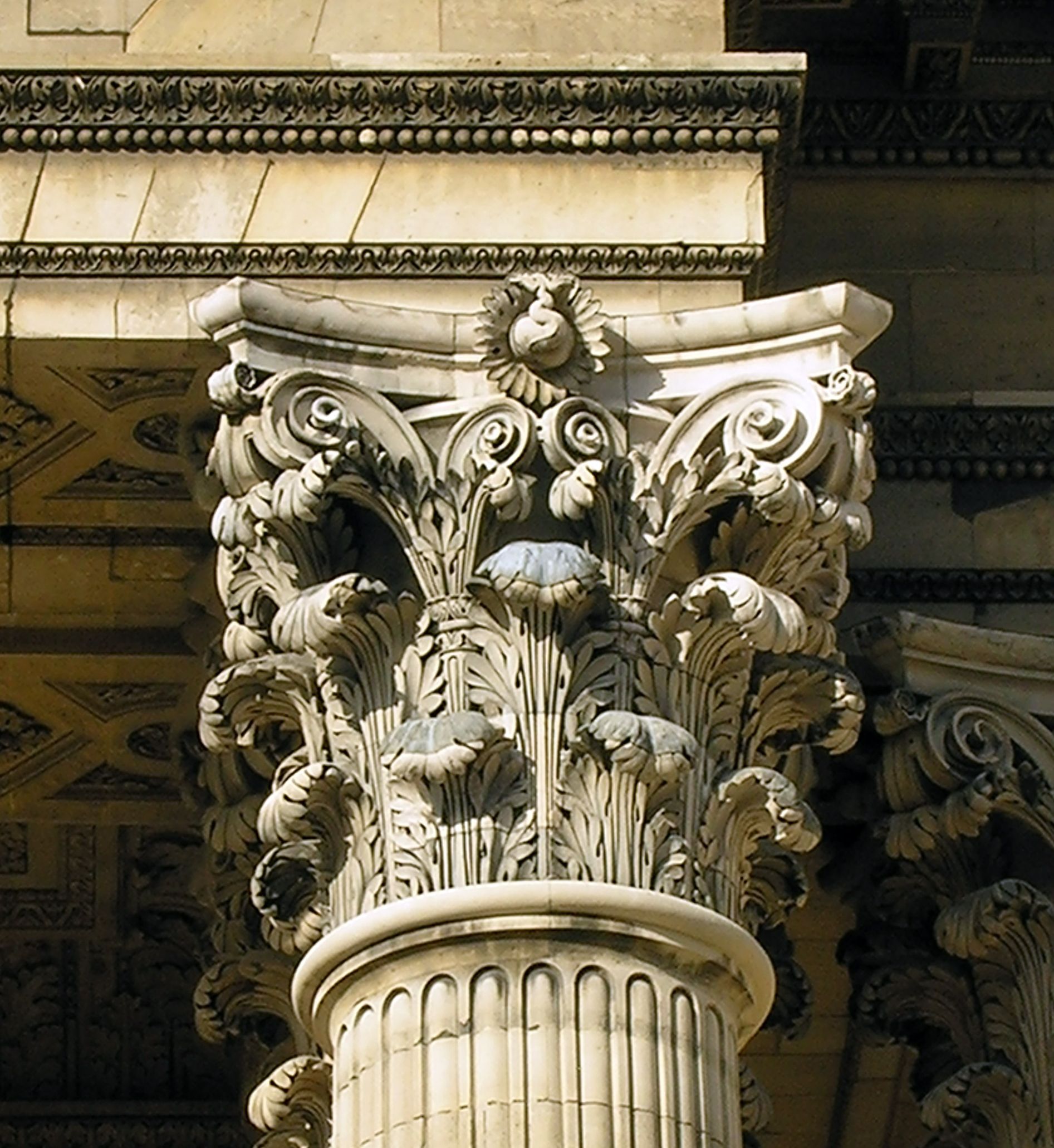
Acropolis
Fortified hilltop of a city, site of major temples.
Temple
Building dedicated to a god or goddess.
Treasury
Small building for offerings and valuables.
Cella (Naos)
Inner chamber housing the deity’s statue.
Pediment
Triangular section above the temple’s façade.
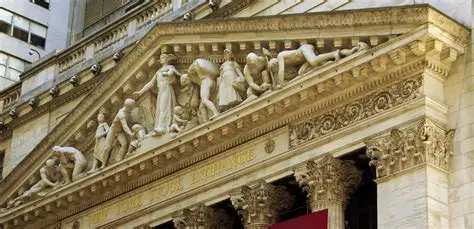
Frieze
Horizontal band of sculpted or painted decoration.
Triglyph & Metope
Alternating panels in a Doric frieze.
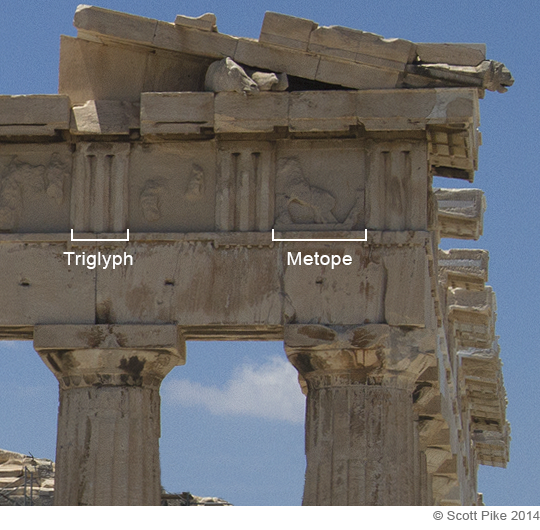
Stylobate
Top step or platform supporting columns.

Entasis
Slight swelling in a column to correct optical illusion.
Optical refinements
Subtle design adjustments for visual perfection.
Caryatids
Sculpted female figures functioning as columns.
Panathenaic Procession
Athenian festival procession honoring Athena.
Sculptural program
The complete set of sculptures decorating a building.
Etruria
Region of central Italy inhabited by the Etruscans.
Magna Graecia
“Greater Greece,” referring to Greek colonies in southern Italy.
Funerary art
Art created for tombs or commemorating the dead.
ROMA QUANTA FUIT IPSA RUINA DOCET
“Rome, your ruins show how great you were.”
Spoils (spoila)
Reused or stolen architectural/sculptural elements.
Cultural heritage / repatriation / looting
Issues around artifact ownership.
Emulation
Roman imitation of Greek art.
Verism / Veristic portraiture
Extremely realistic portraiture showing age and flaws.
Syncretism
Blending of different religious or cultural traditions.
Mosaic
Image made from small pieces (tesserae) of stone or glass.
Tesserae
Individual pieces in a mosaic.
Egyptomania
Roman fascination with Egyptian culture.
Concrete
Roman building material allowing massive structures.
Propaganda
Art used to convey political power or message.
Deification / Apotheosis
Turning an individual (often an emperor) into a god.
Forum (pl. fora)
Central public square for politics, religion, and commerce.
Dome
Rounded vault forming a roof.
Oculus
Circular opening at the top of a dome.
Liturgy
Public religious ritual or ceremony.
Ruins
Remains of ancient buildings symbolizing past greatness.
Roman Republic
Era before emperors, ending with Julius Caesar’s assassination (44 BCE).
Roman Empire
Imperial rule beginning with Augustus.
Battle of Actium (31 BCE)
Naval battle where Augustus defeated Antony and Cleopatra.
Roman victory over Judaea (71 CE)
Marked by the Arch of Titus.